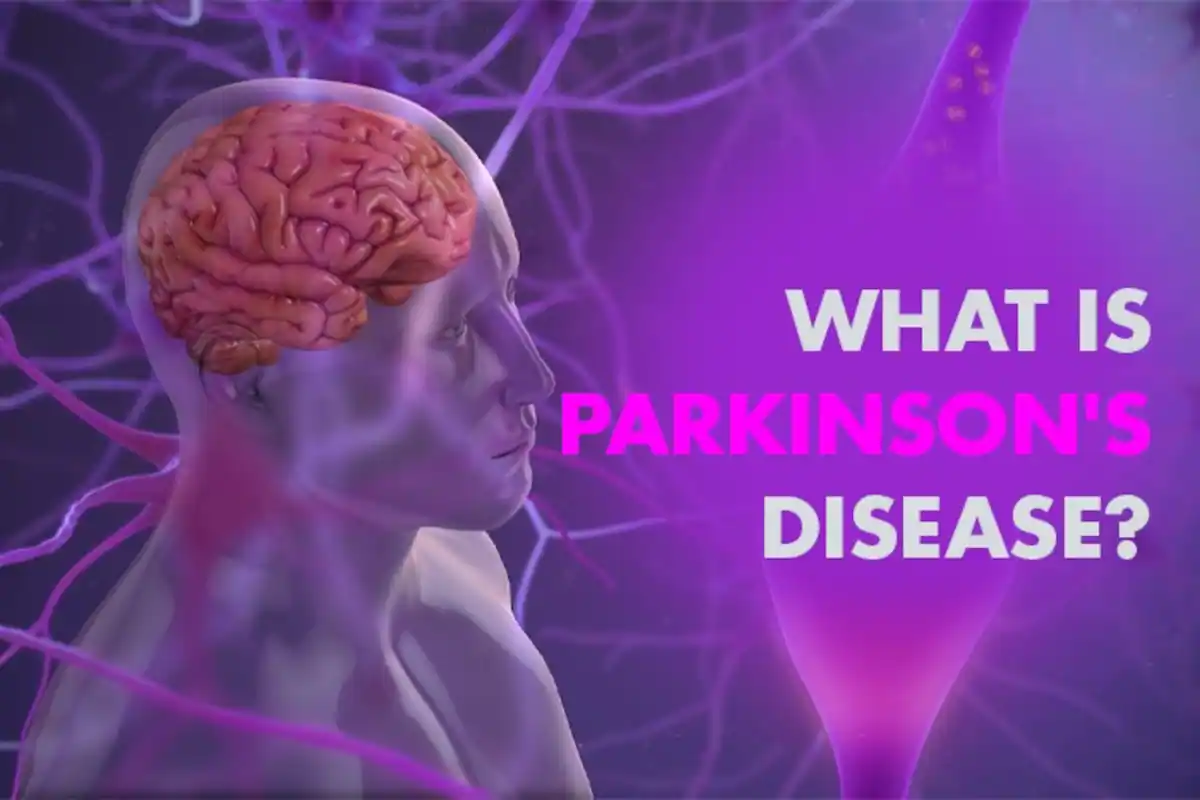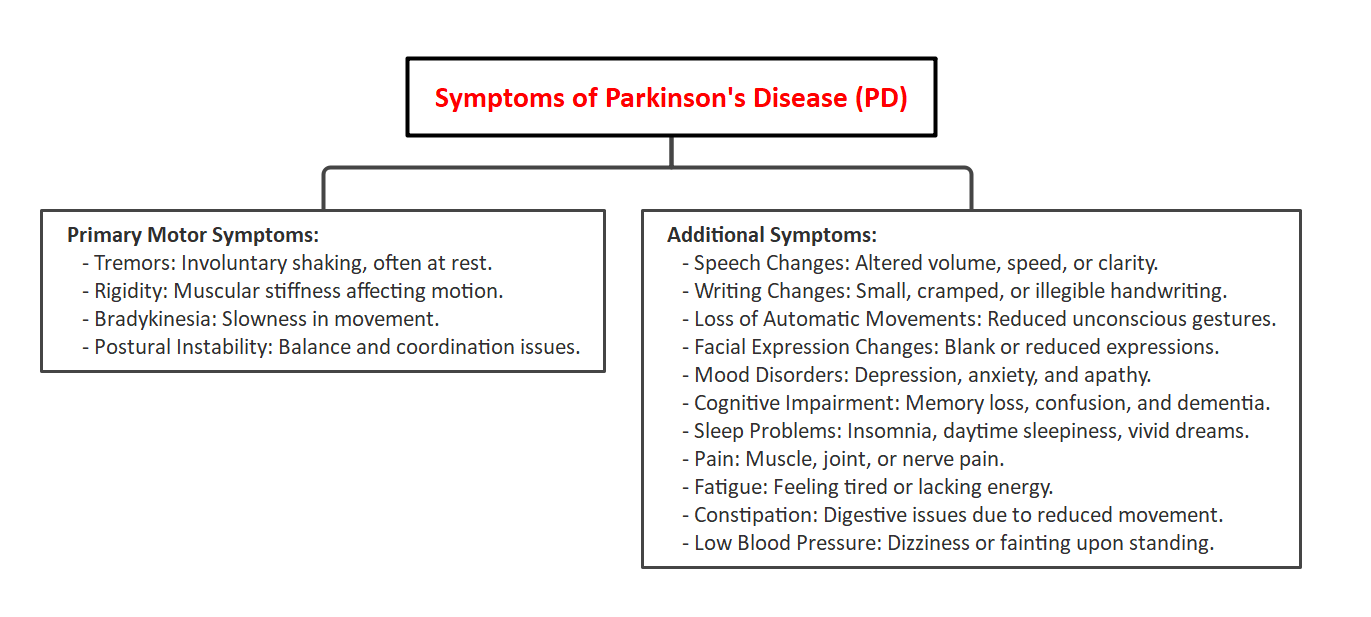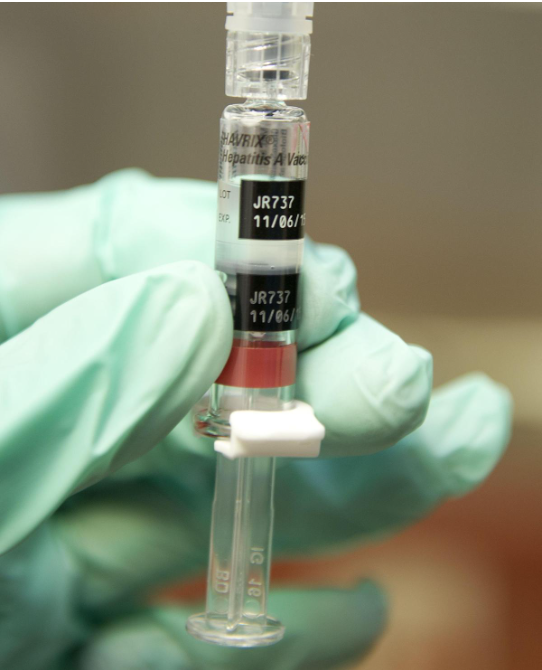





Copyright infringement not intended
Picture Courtesy: www.india.com
Context: Researchers at the National Brain Research Centre (NBRC), Manesar, have made a significant breakthrough in understanding the development of Parkinson's Disease, a prevalent neurological disorder in ageing populations. The study sheds light on a complex interplay between two crucial brain chemicals, providing insights into the disease's etiology and offering potential avenues for novel therapies.
Details
|
Human Brain ●The human brain can be divided into three main parts: the cerebrum, the cerebellum, and the brainstem. Each part has a different role and is made up of several subparts. Cerebrum ●The cerebrum is the largest and most visible part of the brain. It occupies the upper part of the skull and consists of two hemispheres (left and right) that are connected by a bundle of nerve fibres called the corpus callosum. ●It is covered by a thin layer of grey matter called the cerebral cortex, which has many folds and grooves to increase its surface area. ●The cerebral cortex is responsible for higher cognitive functions such as reasoning, language, creativity, and problem-solving. It also processes sensory information from the eyes, ears, nose, skin, and other organs. Cerebellum ●The cerebellum is located at the lower back of the brain, below the cerebrum. It is smaller than the cerebrum but has more neurons (nerve cells). ●It is responsible for coordinating movement, balance, posture, and fine motor skills. It also plays a role in learning and memory. Brainstem ●The brainstem is located at the base of the brain, where it connects to the spinal cord. It consists of three parts: the midbrain, the pons, and the medulla oblongata. ●The brainstem is responsible for controlling vital functions such as breathing, heart rate, blood pressure, digestion, swallowing, coughing, sneezing, and vomiting. It also regulates sleep cycles and consciousness.
|
Parkinson's Disease
Causes

Diagnosis and Treatment
Conclusion
Must Read Articles:
DOPAMINE: https://www.iasgyan.in/daily-current-affairs/dopamine
|
PRACTICE QUESTION Q. Which medication is commonly used to treat Parkinson's Disease? A) Insulin B) Levodopa C) Antibiotics D) Antidepressants Answer: B Explanation: Levodopa, a medication that helps increase dopamine levels in the brain, is the most commonly used treatment for Parkinson's disease. |






© 2025 iasgyan. All right reserved